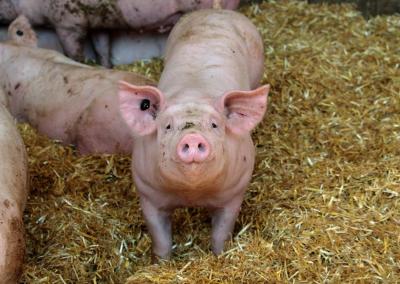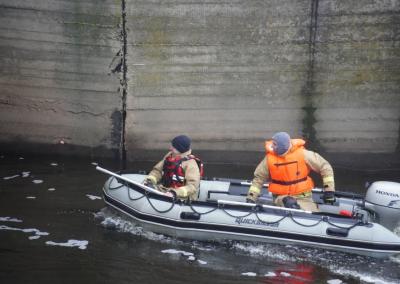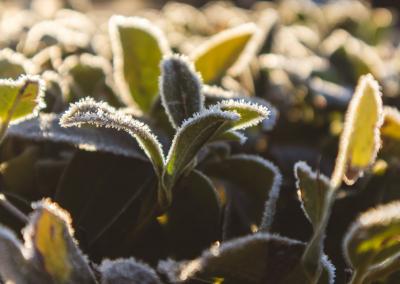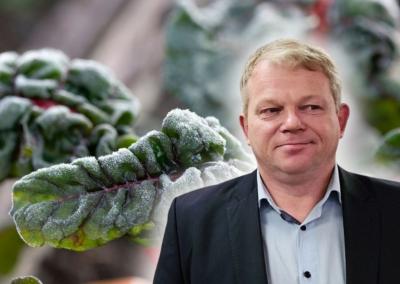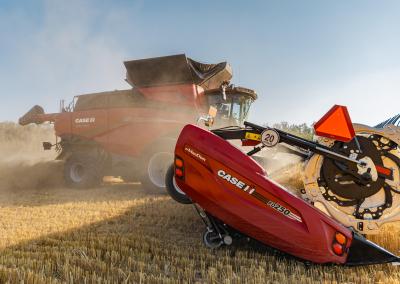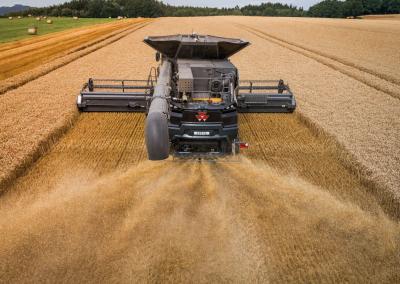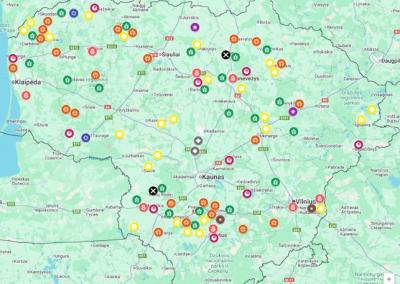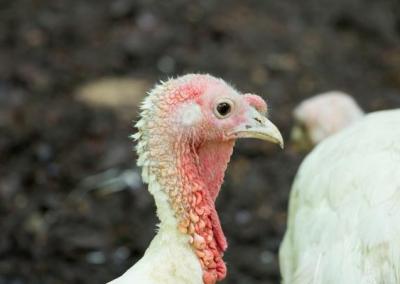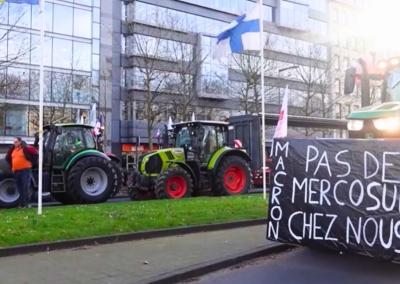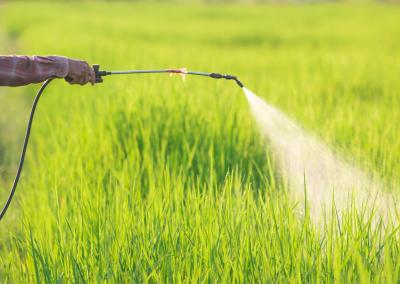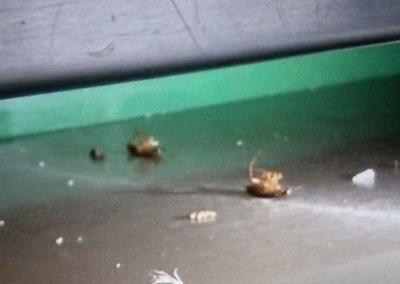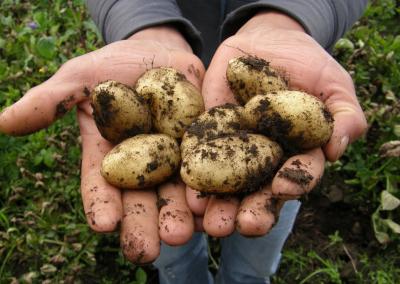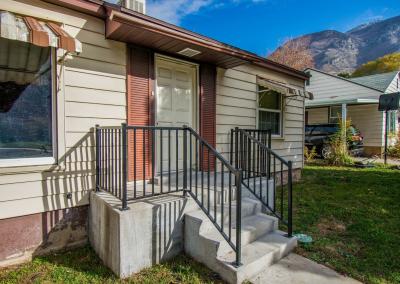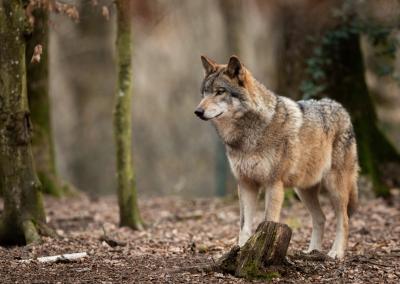Who will stop the Sosnovsky blight from crossing Lithuania?
One of the most dangerous invasive plants for the environment and human health, Sosnovsky Bogwort, makes headlines every summer and continues its story. We had no idea that in our region we could find real plantations of this species, blooming profusely and stretching towards the sun in cereals, meadows, on the edges of fields, in villages, almost under the windows of the population.
Sosnovsky's bark beetles are increasing in number near the villages of Čižiūnai, Medeišiai. Landowners do not take any care of the spread of invasive plants, so in the July bloom they simply flourish due to favourable conditions for growth and irresponsible attitude of people to their activities.
Many elders say that it is almost impossible to reach an agreement with the owners of the land where Sosnovsky bark beetle plantations are expanding. There is no unified system in place in the Ministry of Agriculture (MoA) to mandate strict clean-up and, if necessary, to impose really strong fines to deter reluctance to eradicate dangerous invasive plants. In many cases, appeals are made to the citizen's awareness, exhortations and pleas are made, often without the desired results.
Sasnovsky's bark beetle is expanding, taking over new territories and becoming a real host in parts of the fields of Eastern Lithuania. The current situation is worthy of real concern, as the territories invaded by invasive plants are steadily and relentlessly increasing. Apparently nobody really cared about them in the spring, but the borsch has gained momentum and has become a real „decoration“.
According to experts, Sosnowski's thistle should be dug up or eradicated using chemical means while it is still small, having grown to a height of 20 cm or 30 cm, i.e. in early spring, between late April and mid-May, depending on when the vegetation of the plants starts. Only then is maximum efficiency achieved. Sosnovsky sedge has a strong root system, even young plants have long, broadly branched roots that grow quite deep. When digging, it is important not to cut the root too high, as Sosnovski's thistle can regrow. After digging up Sosnovsky thistle, the area where it grows should be levelled and trampled to smooth the soil surface and allow native plant species to establish themselves there. The smaller the invasive plant, the safer it is to eradicate. The above-ground parts of Sosnowski's bark beetle accumulate furanocoumarin, a substance which, when applied to the skin, can cause a burn-like reaction, causing blisters and wounds that are difficult to heal. The risk is particularly high on sunny days. Therefore, before digging, spraying or otherwise eradicating Sosnowski's thistle, it is important to take protective measures, such as wearing long rubber gloves, long-sleeved clothing, long trousers and glasses. It is advisable to tuck the sleeves into the gloves and the trousers into socks or shoes to avoid exposing the skin. Do not touch your face, eyes or other exposed parts of your body with dirty hands when working. Children and pets should be especially protected, as they may touch or shave the leaves, flowers, or use the stems to make sticks or poles when playing.
Unfortunately, all the instructions published in the press every spring and summer do not have any moral influence on the part of the district's population that successfully cultivates Sosnovsky's sedge on their land. The rhetorical question is – who will stop the spread of dangerous plants and with what forms of penalties, if friendly warnings and speeches from the representatives of the districts remain meaningless for such citizens.


